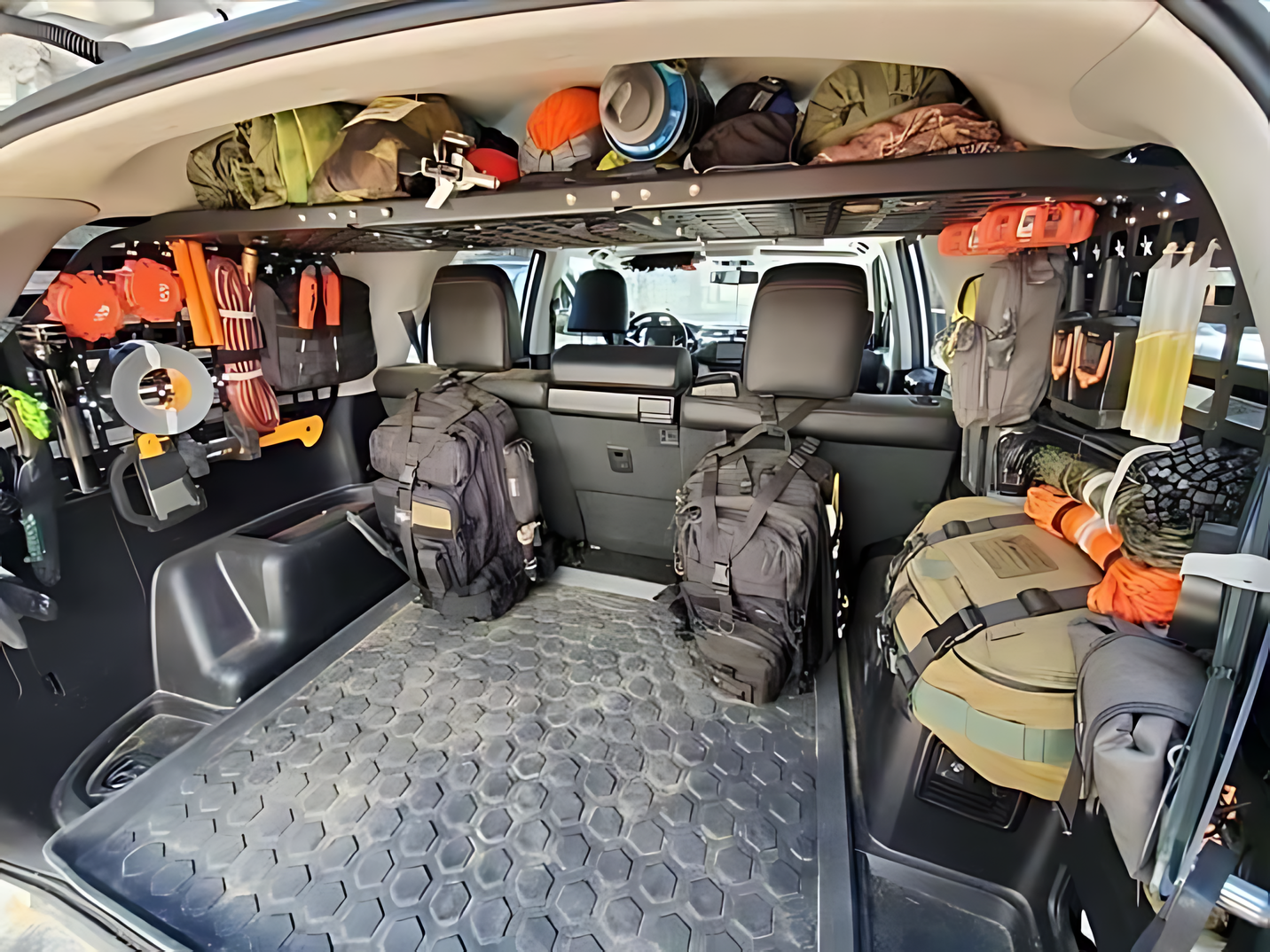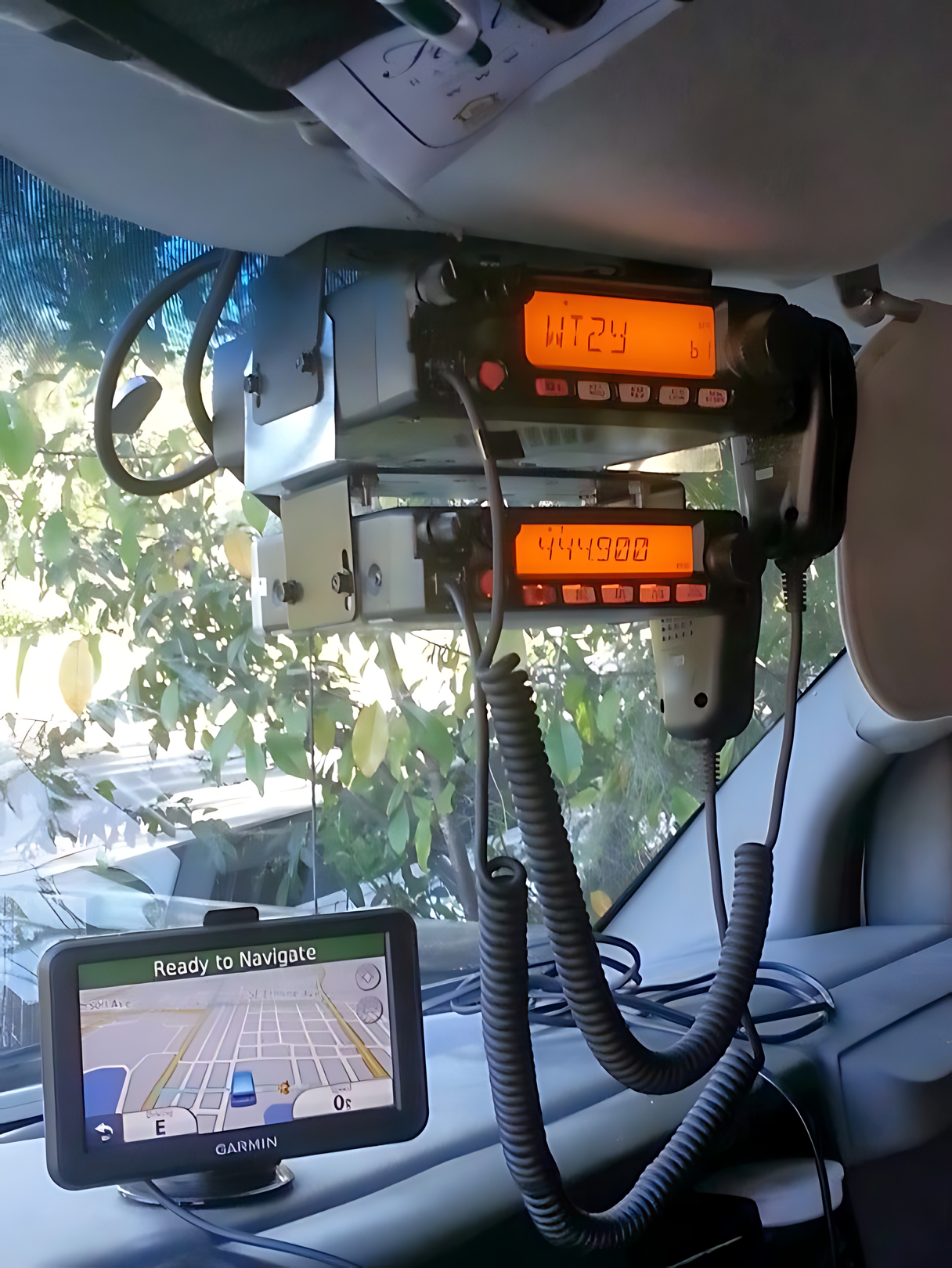Securing your home is about more than just buying a security system. It requires a comprehensive approach that includes assessing vulnerabilities, reinforcing weak points, and using smart technology and good habits to create multiple layers of defense.
Assessing Your Home’s Vulnerabilities
To effectively secure your home, you must first understand its weak points. Walk around your home and identify potential entry points like loose window latches or worn-out door frames. Test your security devices monthly to ensure they are working properly. You can even hire a professional to evaluate your home for hidden issues.
The front door is the most common entry point for burglars. By strengthening your doors and windows, you can prevent most break-ins before they happen.
Reinforcing Doors and Windows
Since doors and windows are the most common entry points for burglars, reinforcing them is essential.
- For doors, use high-quality deadbolts and install longer screws to secure the strike plate. A simple peephole can also prevent you from opening the door to an intruder.
- For windows, consider using aftermarket locks, security bars, or security film that prevents glass from shattering. You can also upgrade to double-pane, shatter-resistant glass or install security screens made of stainless-steel mesh.
Remember to secure your sliding doors and windows as well, as they are a frequent target for burglars.
Using a Comprehensive Security System
A modern security system is a powerful deterrent. A robust system typically includes:
- An alarm system with a loud burglar alarm to scare off intruders.
- Security cameras to monitor activity and record footage.
- Motion detectors and door/window sensors to alert you to unauthorized entry.
- A video doorbell to let you see and speak to visitors remotely.
Don’t forget about your garage. Garages are often overlooked, but they are a common entry point for burglars. Install cameras and alarms, and use a zip tie to secure the emergency release on your garage door opener.
Securing Your Digital and Outdoor Spaces
In the modern age, home security extends beyond physical barriers.
- Smart Home Technology: Devices like smart locks and automated lighting can simulate occupancy when you’re away. Be sure to protect these devices with strong passwords and network security.
- Wi-Fi Network: Secure your Wi-Fi by changing the default name and using a strong, unique password. Enable WPA3 encryption and a firewall, and regularly update your router’s software.
- Outdoor Security: Your outdoor space is your first line of defense. Use motion-activated lights around entry points and trim trees and shrubs to eliminate hiding spots for intruders. You can also use thorny plants in your landscaping as a natural barrier.
Good Habits and Community
Even with the best technology, your security is only as strong as your habits.
- Personal Habits: Always lock your doors and windows, and never display valuables in plain sight. Be cautious about sharing personal information, like vacation plans, on social media.
- Neighbors: Get to know your neighbors and create a community watch. Neighbors can look out for suspicious behavior, collect mail and packages while you’re away, and help make your home appear occupied. This network of vigilance can be a powerful deterrent.
Home security is a multifaceted task, but by following these steps, you can create a safe environment that protects your family and property from a wide range of threats.




